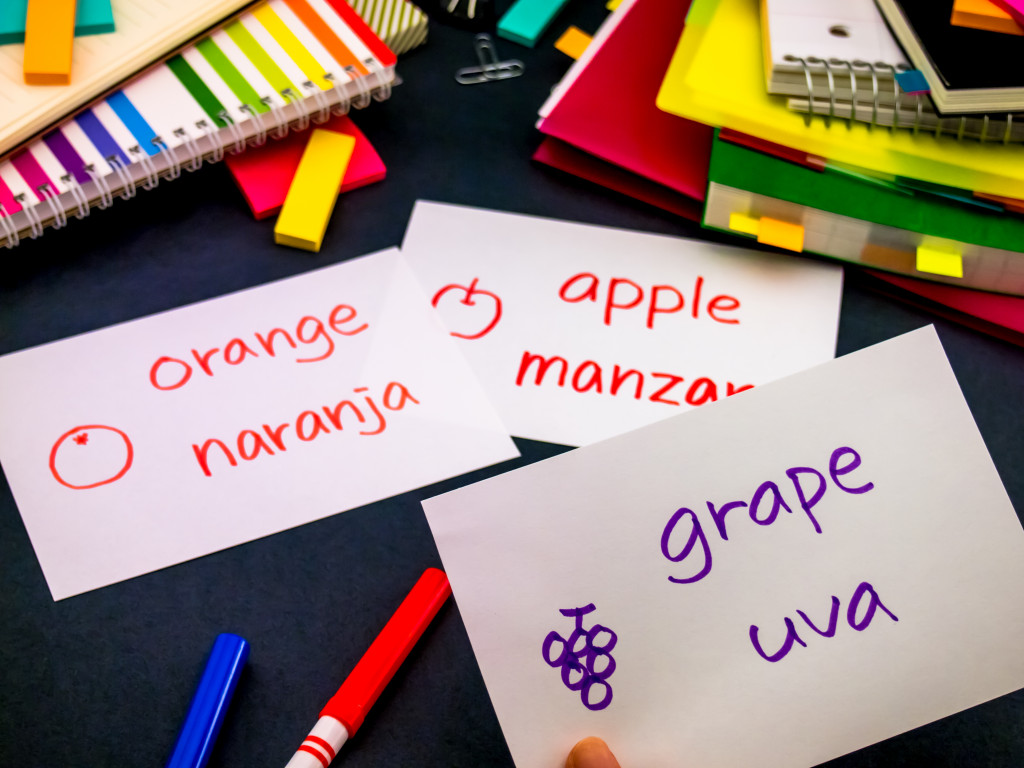Education is a fundamental right for everyone, regardless of socioeconomic background. However, pupils from disadvantaged backgrounds may need additional support and guidance to have the same opportunities as their more fortunate peers.
Learning facilities have an opportunity to help these students succeed by providing suitable materials and resources, as well as creating learning environments that are conducive to student growth. Here is a closer look at how we can make this happen.
Personalized Learning Plans

Personalized learning plans can be especially beneficial for disadvantaged children who may require specialized attention to reach their full potential. These plans should be tailored to each student’s needs, considering any learning difficulties or challenges they may face.
A personalized approach allows teachers and educators to develop strategies that are specific to each student’s unique set of circumstances and provide them with the help they need to succeed in their studies.
Tutoring Programs
A critical factor in closing the achievement gap is providing excellent tutoring opportunities to disadvantaged pupils. The UK government is addressing this need through its National Tutoring Programme. With the help of excellent National Tutoring Programme tuition partners, schools can provide one-to-one and small-group tutoring for disadvantaged pupils to help them accelerate their learning.
By engaging trusted providers, these programs offer an excellent way of helping struggling pupils get the most out of their learning experience. In particular, National Tutoring Program partners are committed to providing a safe, encouraging atmosphere where disadvantaged children can get the academic help they need. This enhanced support helps ensure all pupils receive the necessary attention and guidance to reach their full potential.
Accessible Resources
Ensuring that all pupils have access to the same resources is essential, particularly when it comes to those from disadvantaged backgrounds. Schools should provide textbooks, digital materials, and other resources free of charge so that every student has an equal chance of success.
Additionally, technology such as tablets or laptops should also be available for use in class if required. This will ensure that all students have access to the same materials and can participate fully in class activities without being held back by limited resources or financial constraints.
Early Intervention
Early intervention is critical when it comes to helping pupils from disadvantaged backgrounds achieve success in school. Developed through research by educational psychologists, this type of program focuses on providing enrichment services, such as high-quality instruction and additional resources, on preventing learning issues from occurring or escalating in a student’s early schooling years.
These targeted approaches can be tailored to meet a pupil’s individual needs and consider their home environment, motivations for learning, and available support. Early intervention programs can provide long-term opportunities for increased academic, social-emotional, and overall development that could not have been achieved otherwise. When implemented correctly, they can reduce gaps in educational outcomes while increasing student success into adulthood.
Social and Emotional Support
It is also important to provide social and emotional support for disadvantaged pupils. Social and emotional support are key elements of helping disadvantaged pupils’ academic achievements. Focusing on their strengths, interests, and the skills they need – such as collaboration, problem-solving, and communication – can provide crucial support for them.
For example, offering engaging learning tasks that build upon their existing skills will not only be meaningful to them but also improves performance; this combination of social/emotional development and advancing education can help bridge any gaps in knowledge/skills between students of different backgrounds. With the right resources in place, beneficial relationships between pupils and teachers/caregivers will follow naturally.
Positive Reinforcement
Positive reinforcement is a powerful strategy for helping disadvantaged pupils excel in the classroom. This approach involves recognizing and rewarding desired behaviors to encourage their growth and well-being. It can include verbal compliments, offering tangible rewards, granting additional privileges, or providing educational resources that help the student stay engaged with learning.
Research shows that positive reinforcement plays an invaluable role in helping all students gain skills, knowledge, and self-confidence. Replacing punishments with positive reinforcement has been found to be more effective in bridging gaps between different backgrounds and allowing disadvantaged students to succeed in their studies. Recognizing effort instead of placing judgment on results, it encourages pupils to continue putting forth the effort despite any challenges they may face.
Final Thoughts
Providing quality education for all pupils is essential for ensuring equality of opportunity regardless of social background or economic status. Schools can play a major role in this goal by offering personalized learning plans, ensuring accessible resources, and intervening early if needed. Through these measures, we can ensure that all students receive the level of education they deserve and reach their educational goals without any obstacles standing in their way!

